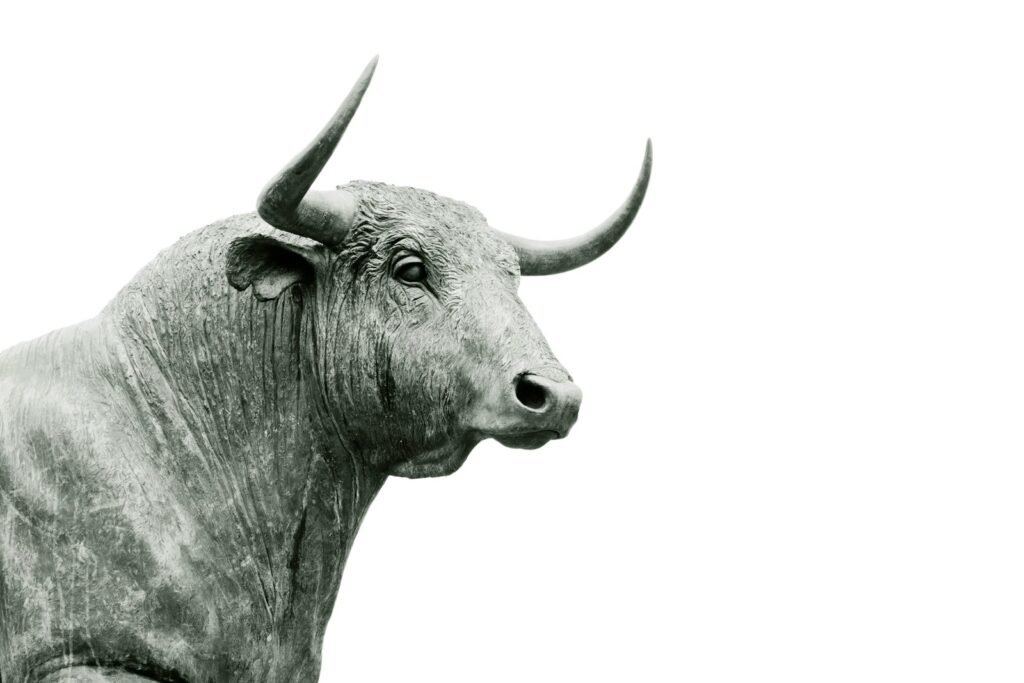Every Taurus story begins with a tug-of-war between gravity and grit: the weight of real-world problems and the stubborn will to push through. Across cultures, people have reached for animal symbols to make sense of that struggle, pairing human temperament with nature’s survival playbook. The result isn’t lab-verified fate but a living language – metaphors that help us regulate stress, plan better, and stay grounded when life leans hard. Today, science adds fresh texture to these old symbols, showing how animal behavior can inspire practical choices without pretending the cosmos guarantees outcomes. Think of it as field notes for the heart and the brain, stitched together by curiosity and a quiet need to endure.
The Hidden Clues

Here’s the hook: the animals we admire can quietly train our nervous systems, even when we don’t notice. When someone who identifies with Taurus imagines the steady breath of a bull, the image itself can dampen racing thoughts and cue slower, more deliberate action. Psychologists describe this as guided imagery or symbolic modeling, where a vivid mental script can shape real behavior. The trick isn’t magic; it’s rehearsal, leveraging attention to bias our next move toward patience or power. I’ve felt it myself on deadline – picturing a heavy-bodied animal planting its weight kept me from scattering my energy in ten directions.
Hidden in that moment are measurable shifts: heart rate easing, shoulders releasing, plans turning from frantic to sequential. Animal metaphors supply concrete verbs – root, brace, stalk, retreat – that map neatly onto decision steps. They also pull us out of abstract worry and into sensory detail, which helps reduce rumination. The result is a small but repeatable gap between impulse and choice, a space thick enough to hold better judgment. That’s not superstition; it’s a practical interface between story and self-control.
From Ancient Tools to Modern Science
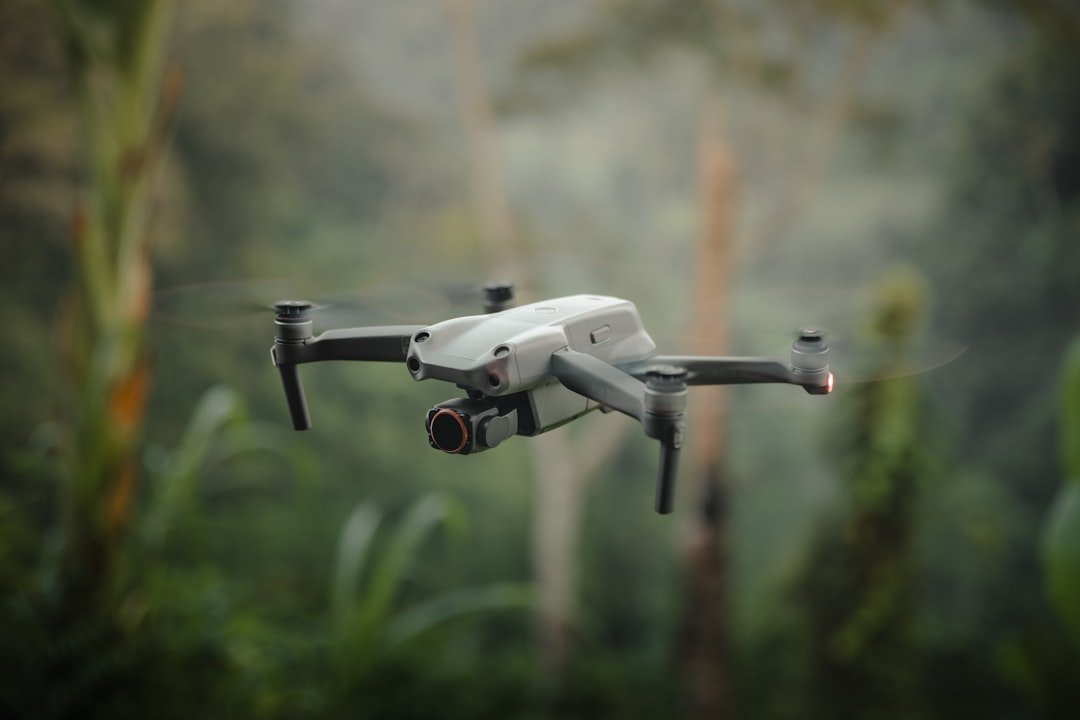
Long before data loggers and GPS collars, people watched animals to decode weather, migration, and danger; symbolism grew out of those observations. Even if astrology assigns Taurus to certain dates, the useful part for daily life is simpler: pick a model organism whose strategies fit your temperament and environment. Ethology – the science of animal behavior – offers case studies that double as coping guides, from energy budgeting in bears to structural persistence in beavers. Neuroscience adds that repeating a meaningful symbol can reinforce goal-directed circuits, especially when tied to concrete actions. In other words, the old language of spirit animals becomes a behavioral toolkit when paired with evidence.
So we can test the metaphors – not by asking stars for proof, but by asking whether the habits work under pressure. Do they improve recovery after setbacks, reduce decision fatigue, or help maintain boundaries? If the answer trends yes, keep the story and refine the steps. If not, retire the symbol and choose another with better fit. That is how tradition and science can coexist without talking past each other.
The Bull: Grounded Power Under Pressure
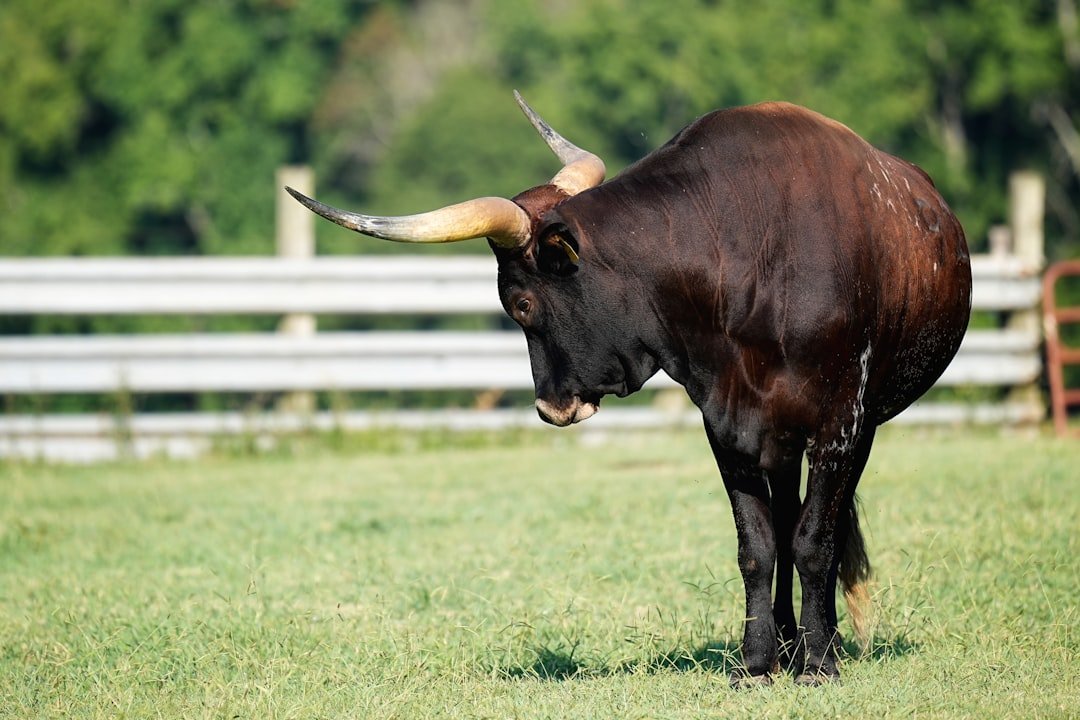
The bull is the obvious Taurus emblem, but strip away the horoscope and you still get a muscular lesson in force management. Bulls don’t sprint all day; they conserve energy, engage decisively, and then settle back into economy mode. Under stress, that template warns against constant acceleration, which burns resources and blurs judgment. A better plan is staged effort: gather, align, commit, recover. It’s a rhythm athletes and negotiators know well, equally useful for a crowded inbox or a high-stakes meeting.
There’s also posture science at play: grounding your feet, expanding your ribs, and leveling your gaze can stabilize breathing and voice. That stance reduces the odds of reactive decisions and improves task persistence. Practically, a bull mindset might mean blocking time for deep work and refusing to be yanked by every alert. It favors strength with a fuse, not strength that sputters. When life shoves, you lower your center of gravity – literally and metaphorically – and choose your moment.
The Beaver: Patient Builders of Stability
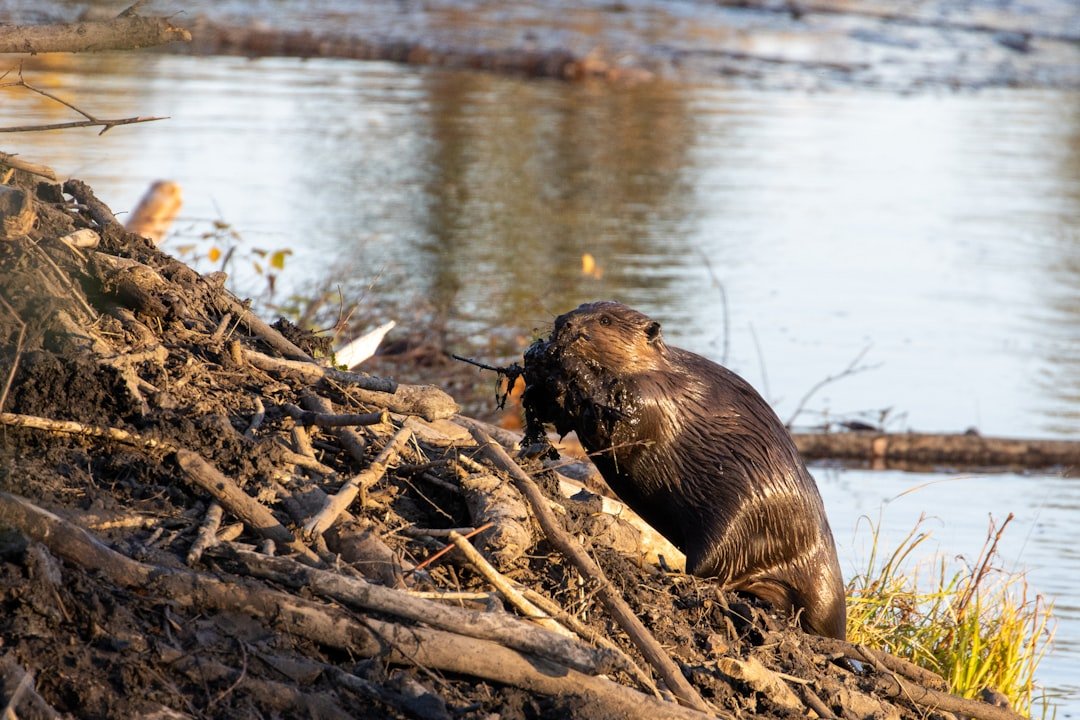
Beavers are master engineers that transform streams into layered defenses against drought, fire, and flood. Their strategy is slow, repetitive, and astonishingly effective: gather, place, check, repeat. For a Taurus-leaning temperament that craves security, the beaver offers a blueprint for compounding small wins into durable systems. Instead of chasing dramatic breakthroughs, you stack modest improvements that redirect the whole flow of your days. Over time, the environment begins to support you back.
Science backs the metaphor: beaver complexes store water, cool streams, and spread risk across many small structures rather than one fragile one. Translated to human life, that looks like diversified income, layered savings, and a calendar built around routines that buffer stress. The payoff isn’t flashy, but it is resilient; when disruption comes, you have slack in the system. In my own work, a dull little checklist rescued me during a chaotic month – it was dam-building in miniature. Stability, it turns out, is a superpower you can engineer.
The Turtle: Slow Strategies that Outlast the Storm

Turtles win by refusing false urgency. Their physiology and life history emphasize longevity, steady investment, and protective design rather than speed. Under pressure, this becomes a lesson in pacing: postpone the sprint, protect the core, and commit to long arcs of effort. That might mean choosing sleep over one more task, or prioritizing maintenance so the whole machine lasts. Slow is not passive; it’s deliberate endurance with good math on your side.
Biologists talk about trade-offs – spend energy now or save it for later – and turtles show the long-game bias in action. You can borrow that by setting thresholds for when to engage and when to retract into your shell. A sturdy boundary can turn a crisis into a manageable weather system passing overhead. The shell, in practice, might be a budget, a deadline buffer, or a social boundary that prevents overload. When the storm fades, you extend your head and keep going.
Why It Matters
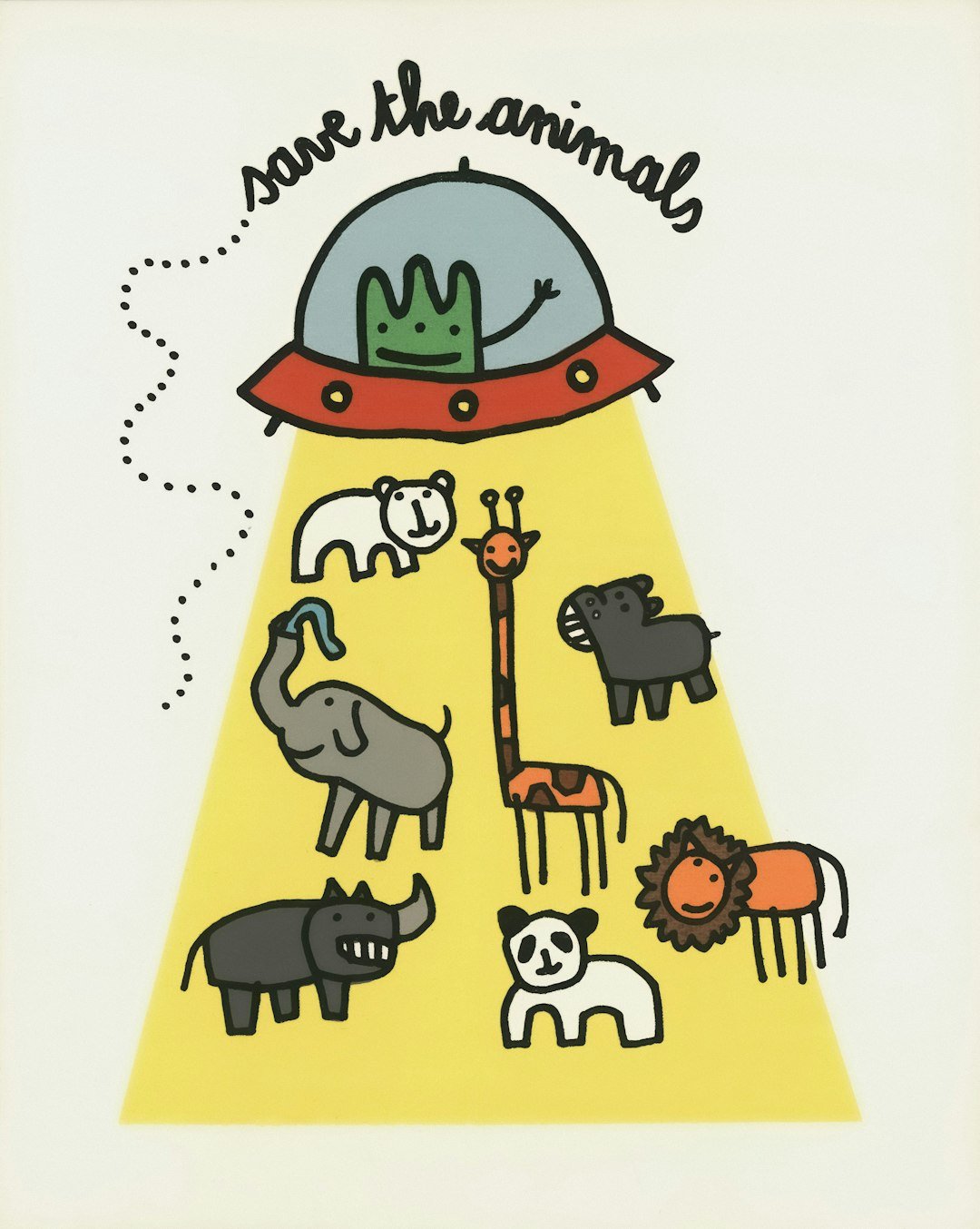
Beyond the poetry, animal-guided framing solves a practical problem: stress compresses options, and symbols reopen them. Traditional time management can feel bloodless under real fear, while a living metaphor recruits memory, emotion, and body in one move. Compared with generic advice, animal models are sticky – they’re easy to recall, easy to teach, and easy to enact with small rituals. They also help avoid the trap of all-or-nothing thinking by offering tiered responses, like a bear shifting from curiosity to caution to retreat. Most importantly, this approach encourages self-experimentation rather than blind faith.
Consider a few evidence-aligned advantages that come with metaphor-backed planning:
– Helps downshift physiological arousal by pairing imagery with breath and posture.
– Encourages incremental system-building over brittle heroics, improving resilience.
– Supports boundary-setting and energy budgeting, reducing burnout risk.
– Provides shared language for teams – root, scout, build – that improves coordination.
The Future Landscape

Emerging tools could make these metaphors even more actionable. Wearables already flag spikes in heart rate and disrupted sleep; pair them with a chosen animal routine and you get timely prompts to root like a bull or retract like a turtle. Conservation science adds a feedback loop: as we protect species and habitats, we preserve the very stories that keep our coping repertoires diverse. Bio-inspired design is booming as well, translating animal strategies into materials, buildings, and even organizational policies. Imagine workplaces that structure effort in energy pulses rather than endless grind, borrowing from seasonal cycles.
There are challenges. Commercial wellness sometimes drifts into overclaim, blurring metaphor with promise; keeping a clear line to evidence will matter. Cultural respect is essential too, because animal symbolism carries deep significance in many traditions. The most helpful path is modular: borrow strategies that are testable, cite origins, and keep learning from the field. If the future of coping is part nature documentary and part lab notebook, it’s because both sides sharpen our choices. And better choices scale, from households to cities.
Conclusion

Pick one animal that speaks to your current challenge and turn it into a three-step routine you can repeat under stress. If stability is the goal, schedule a weekly beaver hour to fix one small system in your life; if boundaries are the issue, practice a turtle protocol that protects your core resources. Share the language with a friend or team so the cues become social and easier to use when things get loud. Support local conservation groups, because the more we protect living models, the richer our library of strategies becomes. Finally, keep notes like a field scientist – what worked, what didn’t, what to try next – so your symbols evolve as you do. Ready to test which strategy carries you further when the ground shakes?

Suhail Ahmed is a passionate digital professional and nature enthusiast with over 8 years of experience in content strategy, SEO, web development, and digital operations. Alongside his freelance journey, Suhail actively contributes to nature and wildlife platforms like Discover Wildlife, where he channels his curiosity for the planet into engaging, educational storytelling.
With a strong background in managing digital ecosystems — from ecommerce stores and WordPress websites to social media and automation — Suhail merges technical precision with creative insight. His content reflects a rare balance: SEO-friendly yet deeply human, data-informed yet emotionally resonant.
Driven by a love for discovery and storytelling, Suhail believes in using digital platforms to amplify causes that matter — especially those protecting Earth’s biodiversity and inspiring sustainable living. Whether he’s managing online projects or crafting wildlife content, his goal remains the same: to inform, inspire, and leave a positive digital footprint.

